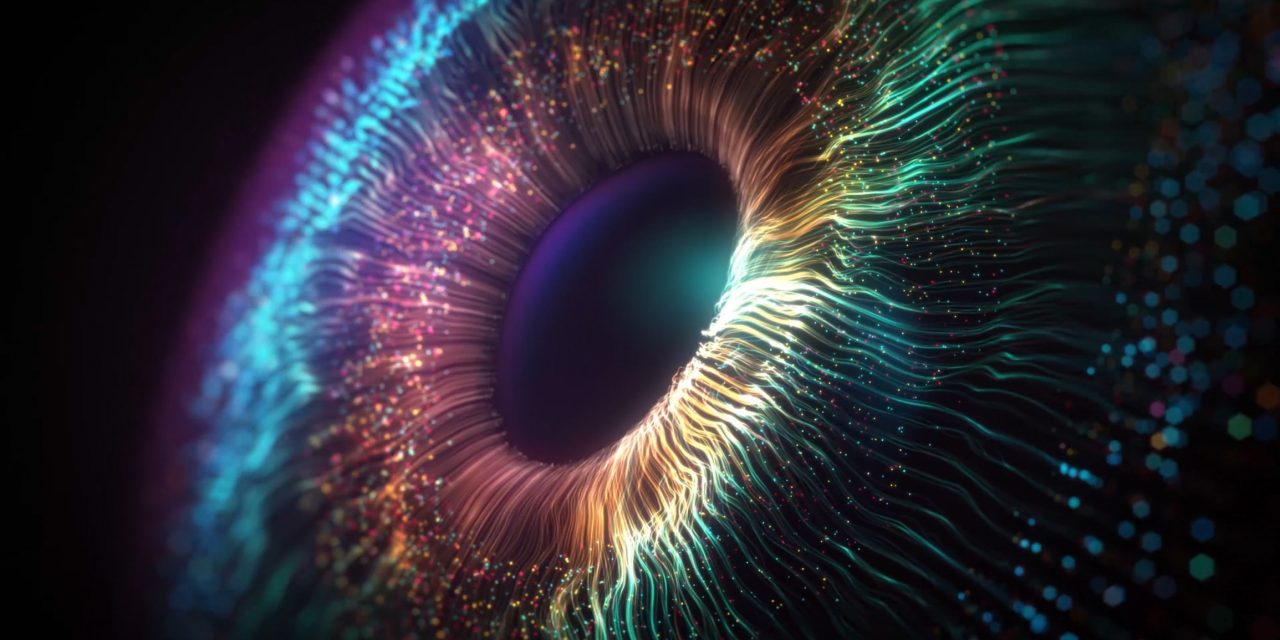This study was done with the purpose to reassess the association between near work, outdoor exposure, and myopia in children through an objective approach.
86 children were asked to wear Clouclip, a newly developed wearable device that is able to measure working distance and eye-level illuminance, for a complete week to obtain information on near work and outdoor exposure.
The myopic children were found to be exposed to light intensities >3000 lux and >5000 lux for shorter durations on average each day than the non-myopic children. Additionally, the myopic children spent more time on average each day on activities at a distance of <20 cm than non-myopic children. In the multivariate logistic analysis, the time spent with higher light intensity and a working distance of <20 cm (in a circumstance of >3000 lux or in that of >5000 lux were the independent protective factors and risk factors, respectively.
The study provided novel evidence through its findings to support the association between the intensity of near work, light intensity, and myopia. However, the causality and the dose-effect relationship need to be investigated further.
Reference: https://bjo.bmj.com/content/104/11/1542


